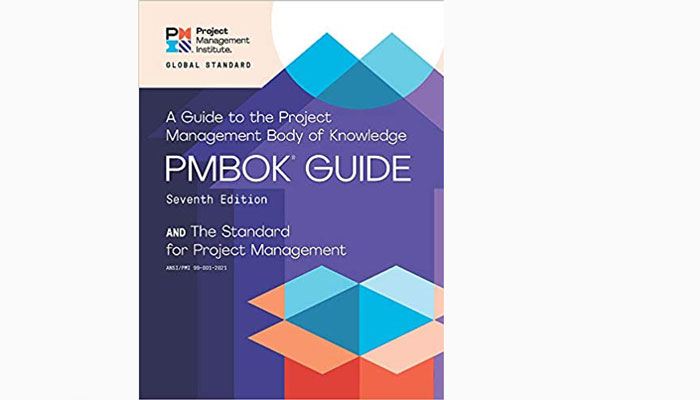
A project management career is an exciting profession that presents opportunities to continually learn and grow. To help figure out if it’s the right path for you, read on to learn more about career path options, industry choices and salary expectations.
Project Manager Career Path
- Is Project Management a Good Career?
- Are There Multiple Project Management Careers to Choose From?
- What Are Some of the Industries You Can Work in as a Project Manager?
- Are Project Managers Paid Well?
- How Do You Become a Project Manager?
Is Project Management a Good Career?
One of the most attractive things about project management is that it’s a fast-growing career path. And there aren’t enough people to fill all the project management roles that various businesses are hiring for all over the world. This may translate to higher earnings if you’re able to use your skills to land a position in a competitive market.
So, if you want to start a job where growth is possible, and where there will be plenty of demand for people with your skill set, this might be the ideal choice.
Is project management a dead-end job?
Absolutely not! When you’re a project manager, you can move up from an entry level position to an executive level position. This means you’ll have the chance to acquire more skills, more recognition, and a higher salary.
This isn’t a career path that limits your potential, so you can decide if you want to stay in the same position or if you need to make a change.
Are There Multiple Project Management Careers to Choose From?
When it comes to project management, we’re talking about a variety of roles in a wide range of industries. There are so many options available, so you can decide which path to take to fulfill your aspirations.
What is the project manager career path?
As you make your way from a lower-level position to a higher level one, you can take on different titles and perform various tasks that will prove your worth in the workplace.
Here’s an example of just one path you can consider taking to build your career:
Some people start out as project coordinators or assistant project managers to get the chance to work on a project while supporting the project manager and their team. This can help you get a feel for what it’s like leading a team and accomplishing milestones.
After acquiring enough experience, you may be ready to become a project manager. But you don’t need to stop there. After proving yourself, you might be able to move up to the senior project manager role. This typically involves overseeing even bigger teams of professionals or multiple smaller teams, so you can focus on more than one project at once.
What is the program manager career path?
Before becoming a program manager, you usually need to work as a project manager for several years to become a pro at running projects. This background will give you the know-how and confidence to tackle multiple related projects simultaneously.
When you take this path, you can also become a portfolio manager, which entails directing and overseeing a portfolio of programs and projects. And you can move even higher up in an organization by becoming a project management office (PMO) director, who leads—you guessed it—a company’s project management office.
What Are Some of the Industries You Can Work in as a Project Manager?
Project managers work in just about every industry. This means you can pursue a particular industry that you love, or you can switch between different industries to keep things interesting and challenge yourself in new ways. Common examples include:
- Health Insurance
- IT
- Construction
- Financial Services
- Manufacturing
One thing to keep in mind is that each industry will require its own unique skills and education beyond what you need to know for general project management. Browse job descriptions to see what they typically expect, such as college degrees or expertise in a particular area (e.g. building permits and codes for a career in construction).
Are Project Managers Paid Well?
While salaries vary based on factors like your education and experience level, as well as where you’re working, one thing is true: project managers can be paid very well.
How much do project managers and program managers make?
- A project manager might earn, on average, $80,000 to $116,000 annually.
- A program manager might earn, on average, around $125,000 annually.
- The median salary for a project manager in the IT industry is around $142,000 annually.
- The median salary for a project manager in the construction industry is around $93,000 annually.
How Do You Become a Project Manager?
In addition to a college education, you can also enter the field of project management by getting a certification from the Project Management Institute (PMI).
To get started, you can become a Certified Associate in Project Management (CAPM). But if you really want to be recognized by employers, getting your Project Management Professional (PMP) certification is a smart move.
Whichever path you choose, if you’re ready to learn what it takes to become certified and dive into this career, our courses and exam prep programs can help pave the way. Check them out and contact us if you have any questions.
Sources:
https://www.northeastern.edu/graduate/blog/project-management-career-path/
https://www.flexjobs.com/blog/post/project-management-career-paths/








